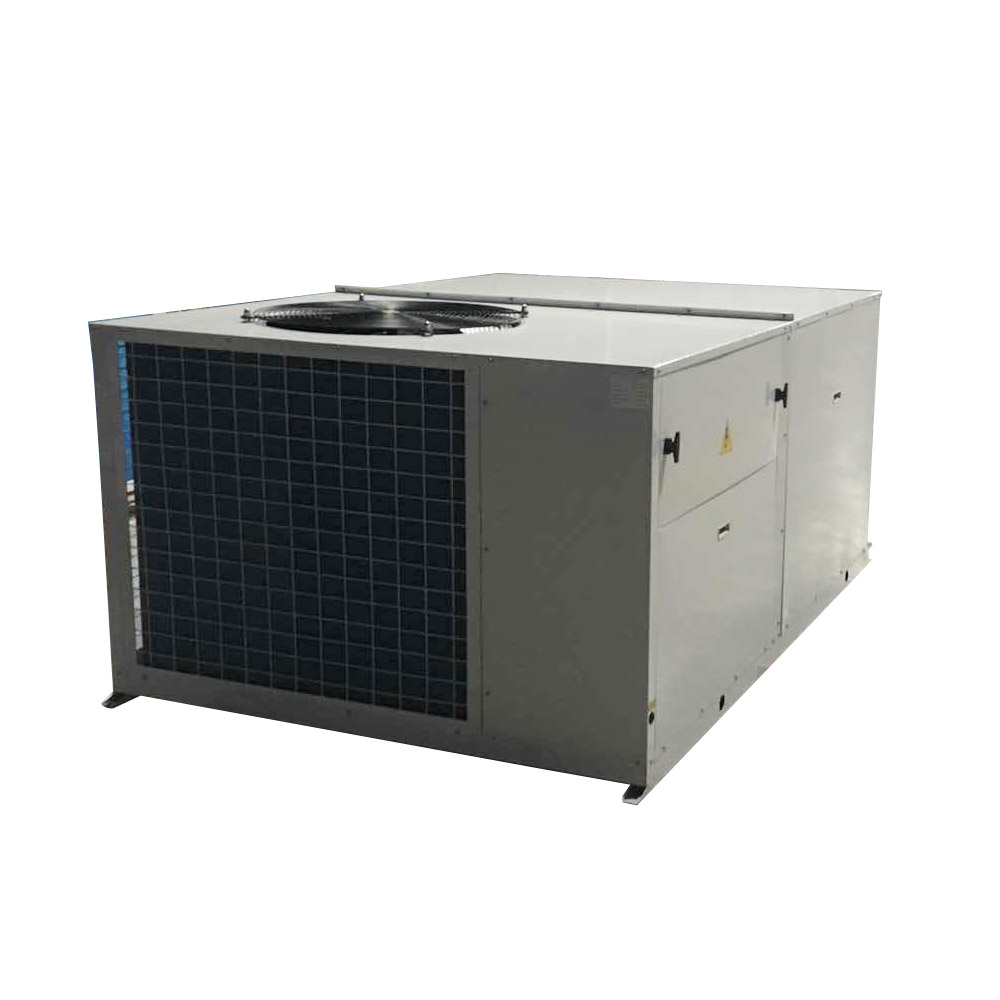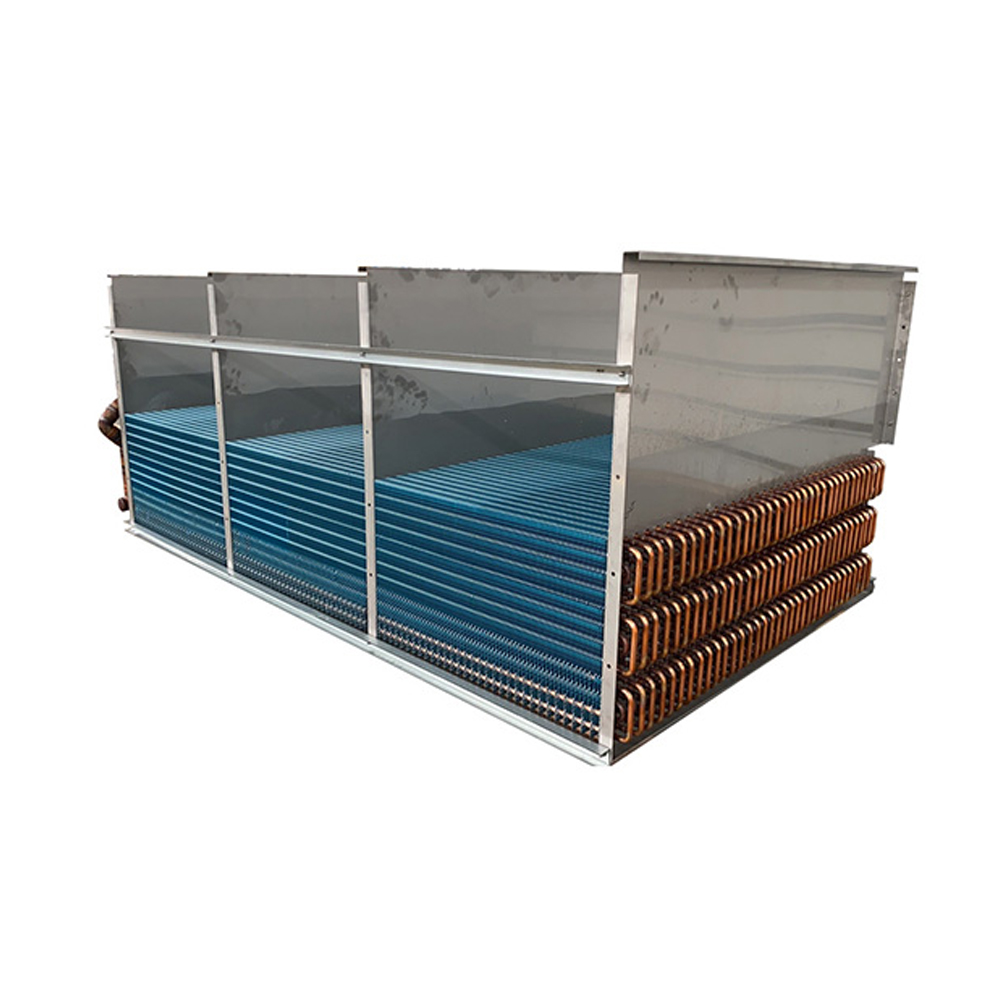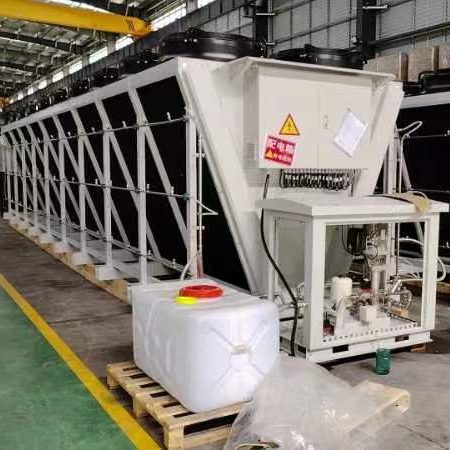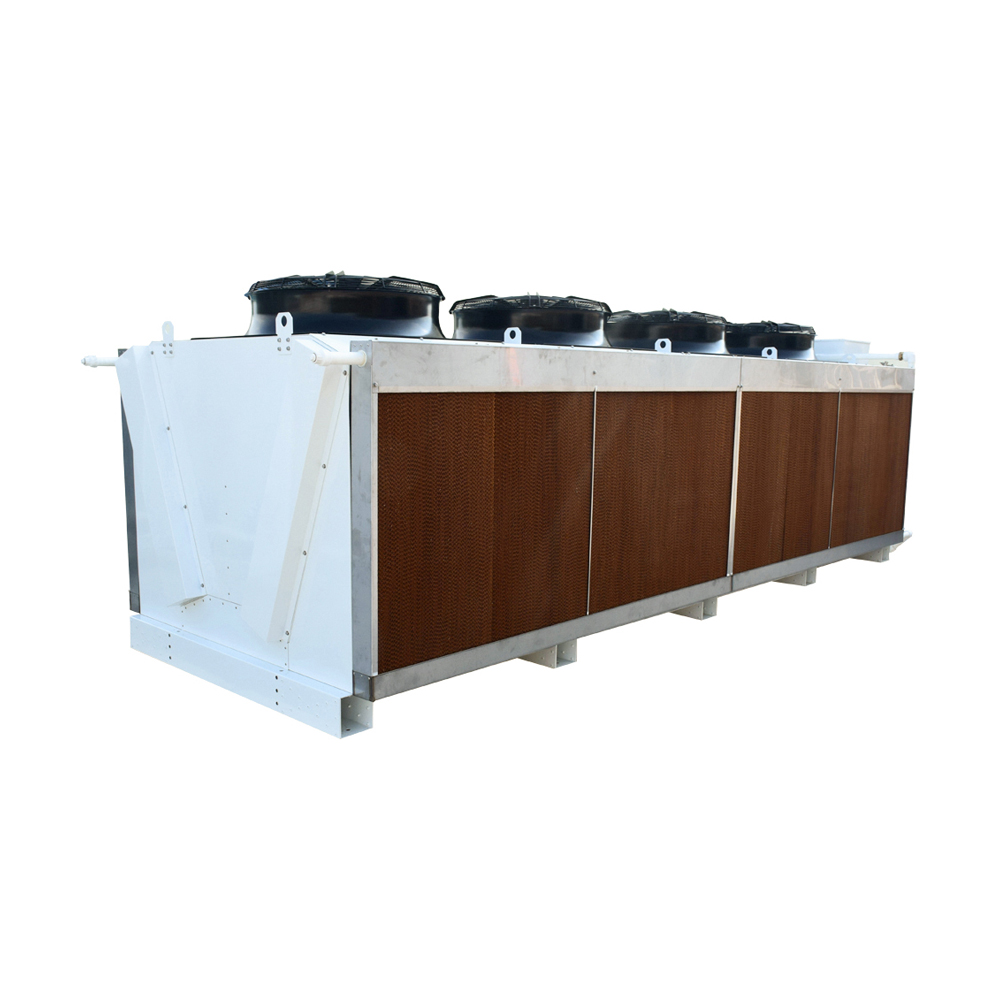Remote radiators are increasingly seen as pivotal in the shift towards more sustainable industrial practices. By effectively managing heat exchange, these systems not only improve efficiency but also contribute significantly to reducing the carbon footprint. Yet, like any technology, they come with their own set of challenges and misconceptions that need to be addressed for their full potential to be realized.

Understanding Remote Radiators
Remote radiators, unlike traditional units, are installed away from the primary machinery. This allows for the strategic management of space and heat dissipation, a crucial factor in industries where space is at a premium. Many believe these systems serve merely as supplementary, yet their role can be central especially in heavy industries where operational efficiency and sustainability are interconnected.
One common oversight is underestimating the maintenance needs of these systems. Without regular check-ups and cleaning, their efficiency can drop dramatically, negating any initial gains in sustainability. My experience in the field has highlighted the importance of a proactive maintenance strategy—one where sensors and IoT technologies offer predictive insights to prevent downtimes.
Shanghai SHENGLIN M&E Technology Co.,Ltd, a leading figure in this field, shows how innovation in industrial cooling technologies can enable more sustainable outcomes. Their commitment to integrating advanced manufacturing processes demonstrates how industry players can lead by example.

The Role in Reducing Carbon Footprint
Remote radiators can substantially cut energy consumption and emissions by optimizing heat removal processes. In one instance, a manufacturing plant I worked with saw a 20% reduction in energy costs after switching to a remote radiator system. These savings went beyond just economic; the environmental impact was equally significant, aligning well with corporate sustainability goals.
Yet, one cannot overlook the initial investment and installation complexities involved. Here’s where detailed site assessments come in. Customized solutions, such as those offered by SHENGLIN, help overcome these barriers by tailoring each installation to specific industrial needs, thus maximizing both efficiency and ROI.
The adaptation of these systems requires a shift in perspective—seeing them not just as add-ons but as integral components of a sustainable infrastructure. Increased interest in carbon-neutral operations now fuels discussions on wider adoption.
Challenges and Solutions
The path to widespread adoption is not without its hurdles. Communication between stakeholders, from engineers to financial officers, often presents a significant barrier. Bridging this gap demands a concerted effort in education and advocacy within organizations. I’ve seen firsthand how workshops and integrative discussions can pave the way for smoother transitions.
Additionally, location-specific challenges such as climate and local regulations can impact system performance and compliance. Collaborations with local experts and leveraging international best practices, such as those embraced by SHENGLIN, offer valuable insights and frameworks for navigating these issues.
Looking forward, fostering partnerships with technology providers not only mitigates short-term challenges but also fosters innovation. These collaborations help develop cutting-edge solutions tailored to emerging needs.
Integrating IoT and Remote Monitoring
IoT integration has become a key component in advancing the efficacy of remote radiators. With sensors collecting real-time data, systems are now able to predict potential failures and optimize performance dynamically. This integration simplifies maintenance routines and extends the lifespan of equipment, vital for long-term sustainability.
The leap from theoretical benefits to practical applications can be quite extensive. Early collaboration with tech developers, as SHENGLIN has undertaken, allows for customized solutions. These adaptations ensure that the systems remain responsive and relevant in diverse operational contexts.
With remote monitoring, even staff training evolves. Workers become data interpreters, translating insights into actionable maintenance strategies. Here, training modules developed in collaboration with industry experts prove indispensable.
The Future of Remote Radiators in Sustainable Tech
Remote radiators are set to play a more prominent role as industries pivot towards sustainability. As the urgency grows, the demand for systems that minimize environmental impact will rise. This is not just a trend but an inevitable shift toward smarter and greener industrial practices.
Collaborative initiatives spearheaded by leaders in the cooling industry, such as SHENGLIN, are laying the groundwork for the future. Their focus on sustainability-driven innovation highlights the path forward for others in the industry, providing a roadmap for scaling up these systems responsibly.
In conclusion, embracing remote radiator technology not only enhances operational efficiency but also aligns with the growing mandate for sustainable practices. As we continue to witness the evolution of industrial cooling, the insights gained from real-world experiences will continue to shape this promising journey.
















